This has become the second in a two-part series. My father-in-law died last year and among his few personal effects, was a Canonet QL17 GIII. It appeared to have been unused for at least two decades. Yes, it was full of mould. It also had a colour film in it still, with half of the frames taken. Sending it to Filmlog in Seoul, I wasn’t expecting anything whatsoever. The light seals had inevitably perished, but I was surprised to find that the exposures (all out-of-focus) had developed. It appeared to be some outdoor religious event and judging by the clothing, probably from the late 90s early 2000s, complete with interesting starry mould effects.
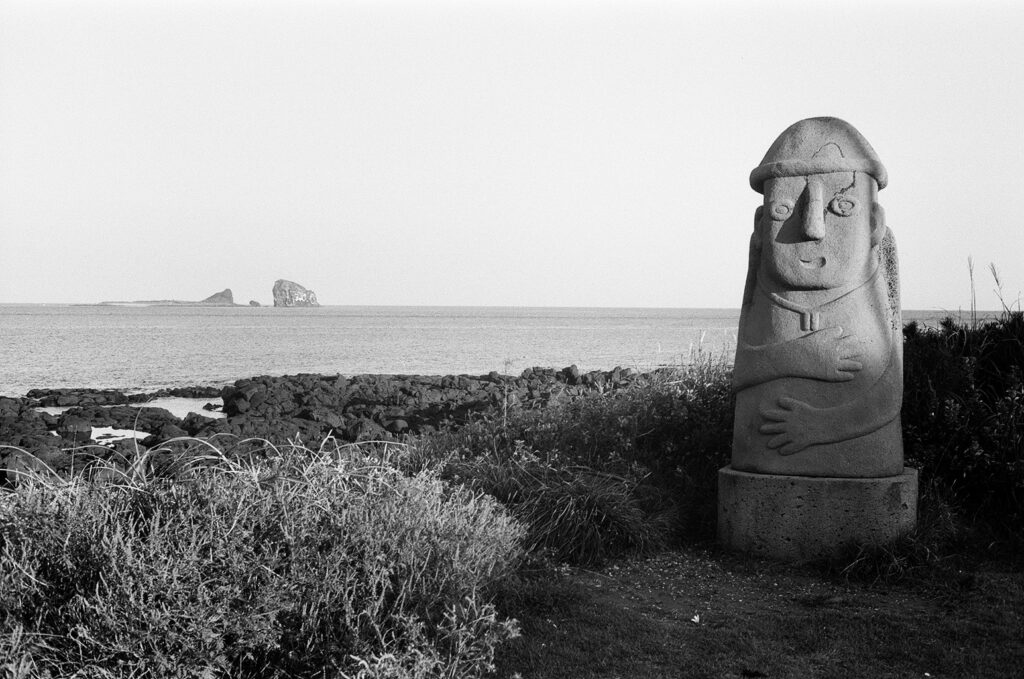
I acquired a Canon 10D with a fantastic but unusably mouldy Tokina 28-70 ATX Pro-II, last year, for free. Using this excellent guide, I bought some tools and had a go at cleaning the elements. It worked and although not perfect, it now takes acceptable pictures. So now with experience, once again I dismantled the Canonet and managed to clean the lens. Getting the elements out wasn’t easy and I referred to several videos, and used hydrogen peroxide with ammonia to remove the mould. The internal coatings were etched by it and really, I wouldn’t bother with trying to clean it any further. The pictures have a soft glow in the bright areas, but are as sharp as the lens will ever be. The battery is a normal 1.5V LR44 in an adapter and I adjusted the light meter needle position until the aperture seemed to match the metering of another camera with a similar lens. There were certainly no problems with exposure, which is a surprise as the shutter was tried at various speeds, plus the sensor is aging. I expect Filmlog made adjustments to the scans but they are far better than I anticipated.
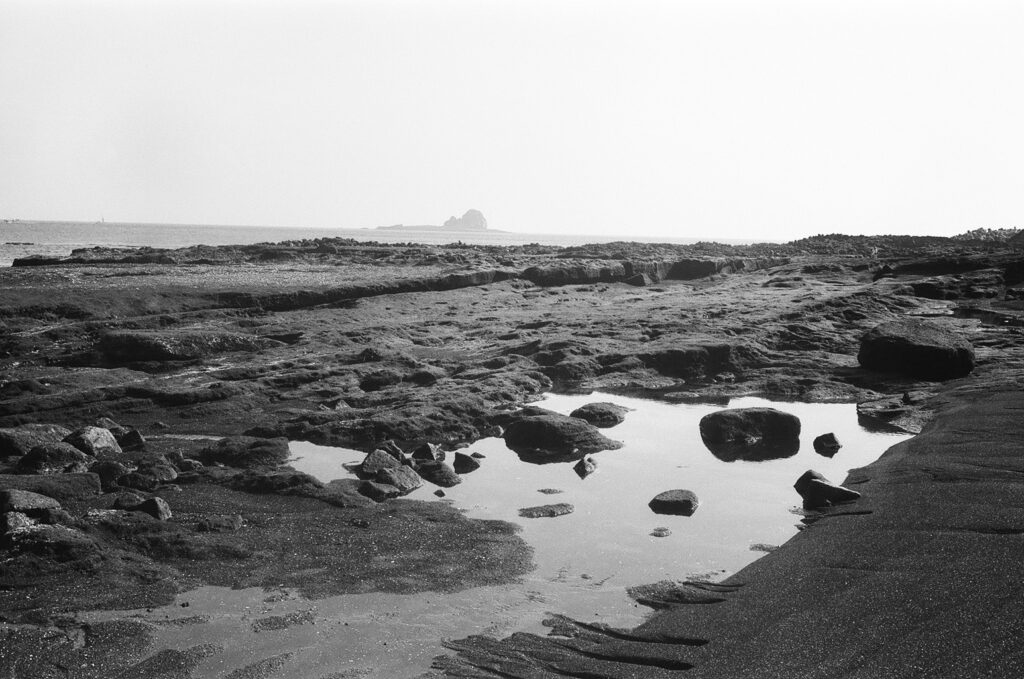
The pictures are taken on Jeju where I’ve lived for some time and depict Brother Island -형제섬.
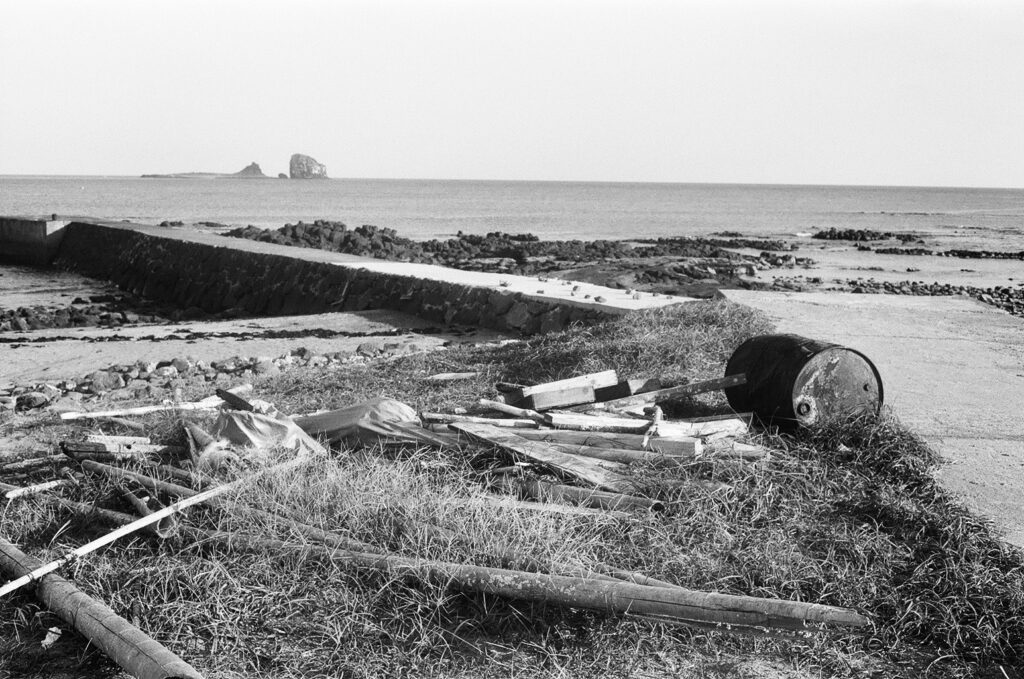
The Canonet is the first rangefinder I’ve used and it was quite intuitive. The rangefinder mechanism had to be cleaned and it isn’t particularly bright. The metering system is interesting and consists of the needle being grasped by two clamps that measure its position and set the aperture. The film loading system is designed to ensure that the film really does get taken up on the spool when closed. Another feature I noticed is that the film advance lever initially, has to be wound forward at least three times before the shutter will fire, ensuring that unexposed film is in front of the shutter. Also there are two indicators to show film advance is working and that the shutter is cocked.
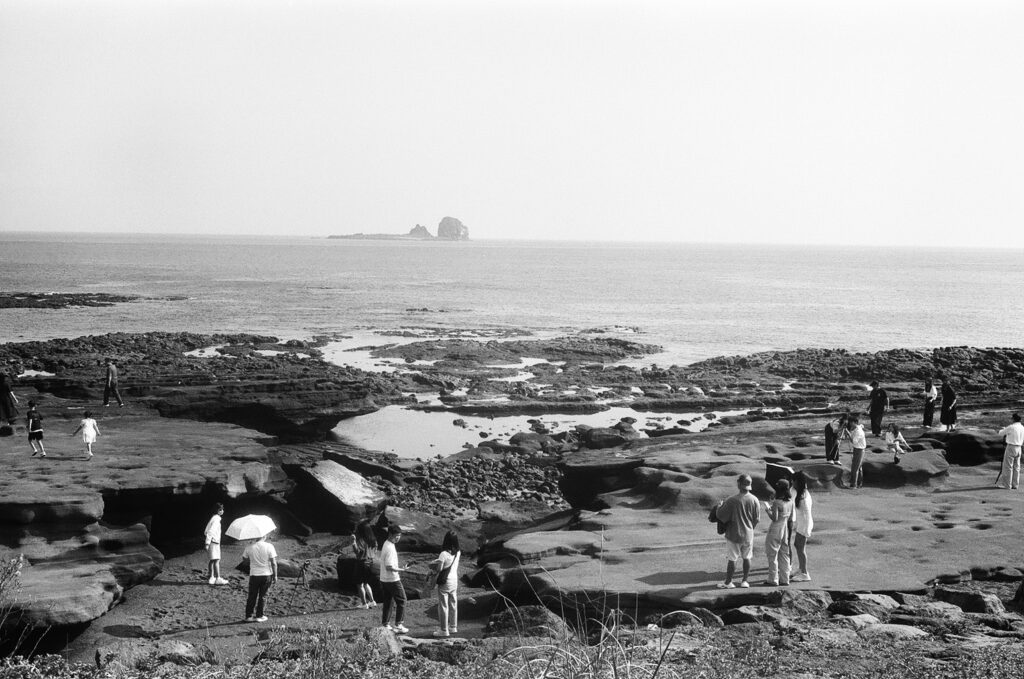
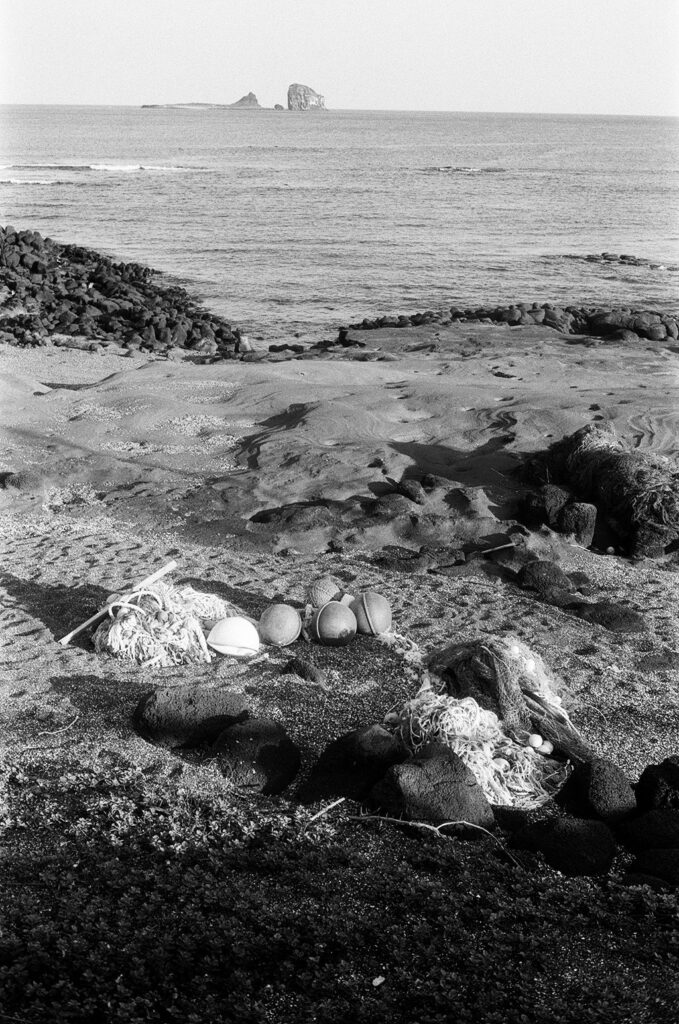
I would have liked such a camera when I was younger as a carry-around, and certainly the images prove the quality of it, even when the lens is less than perfect. It’s certainly ubiquitous on the second-hand market and you can wait for a good example.
Share this post:
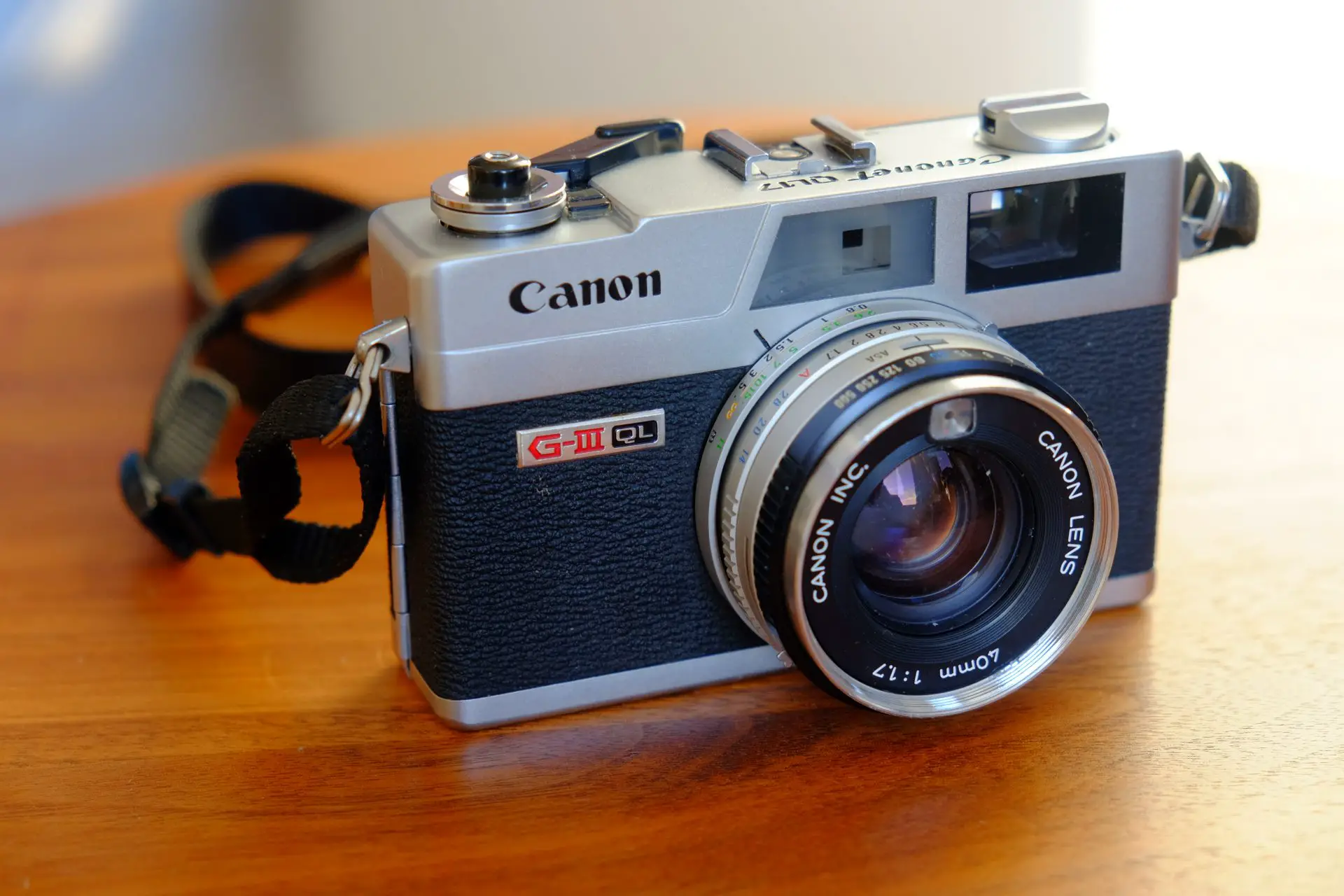








Comments
Lewis Smith on 5 frames of Fomapan 100 with my Father-in-Law’s Canonet on Jeju
Comment posted: 07/01/2024
Thank you!
Steve h on 5 frames of Fomapan 100 with my Father-in-Law’s Canonet on Jeju
Comment posted: 07/01/2024
Eh? Interesting, it seems pretty good too for cheap film. I’m getting beat the end of my bulk roll of kentmere 400 and looking to try something else. Tri x and hp5 are spendy!
Jeff Titon on 5 frames of Fomapan 100 with my Father-in-Law’s Canonet on Jeju
Comment posted: 07/01/2024
Röd White on 5 frames of Fomapan 100 with my Father-in-Law’s Canonet on Jeju
Comment posted: 08/01/2024